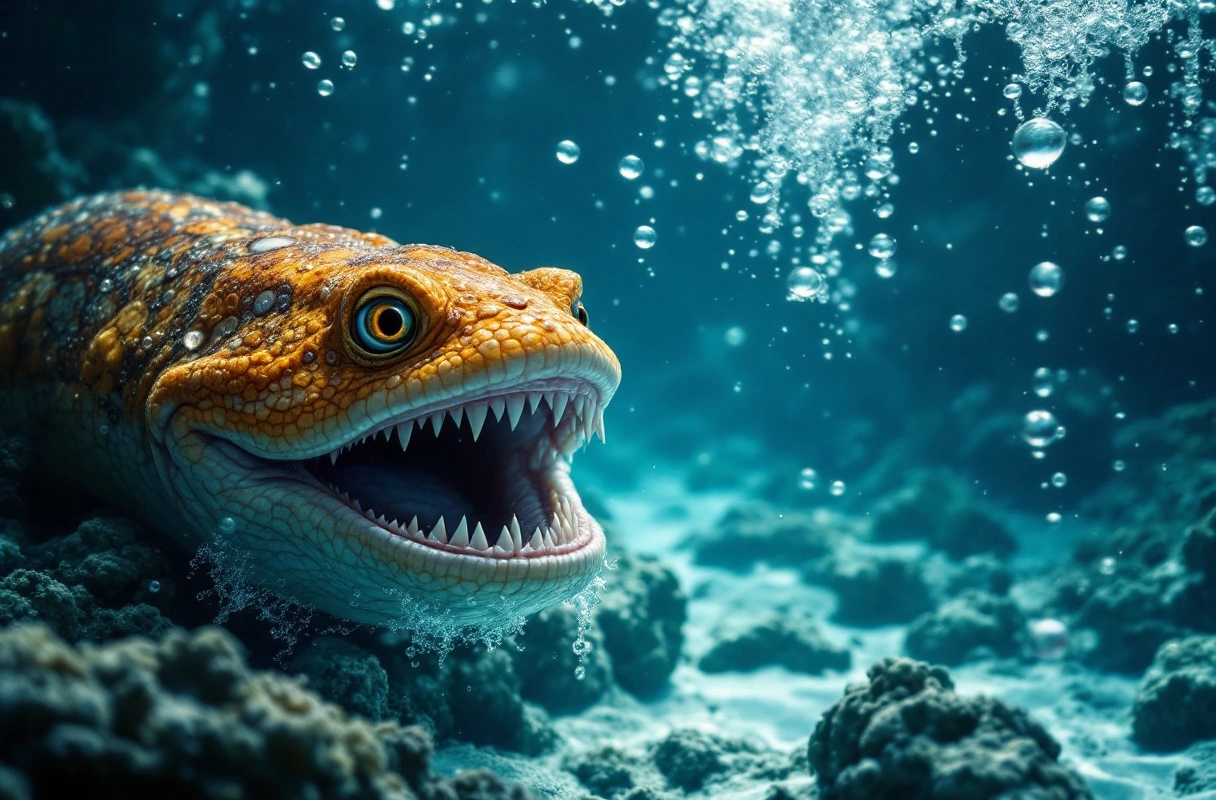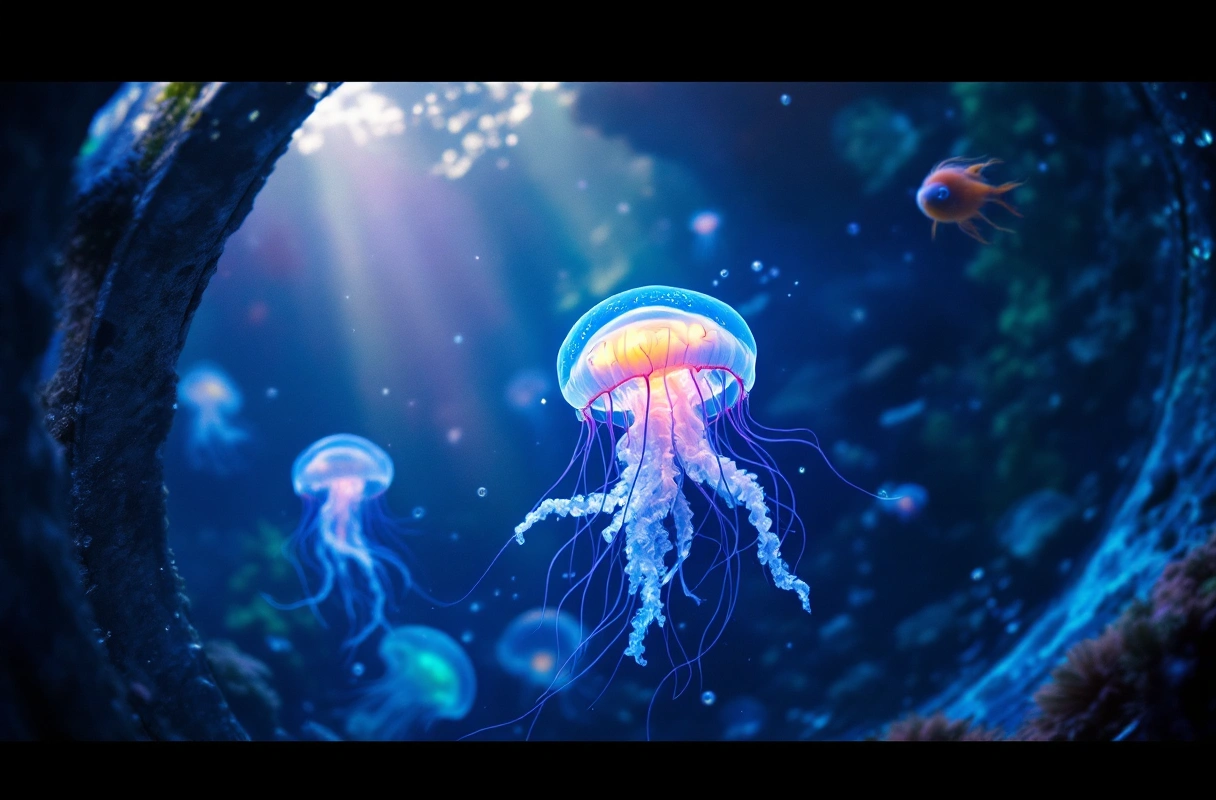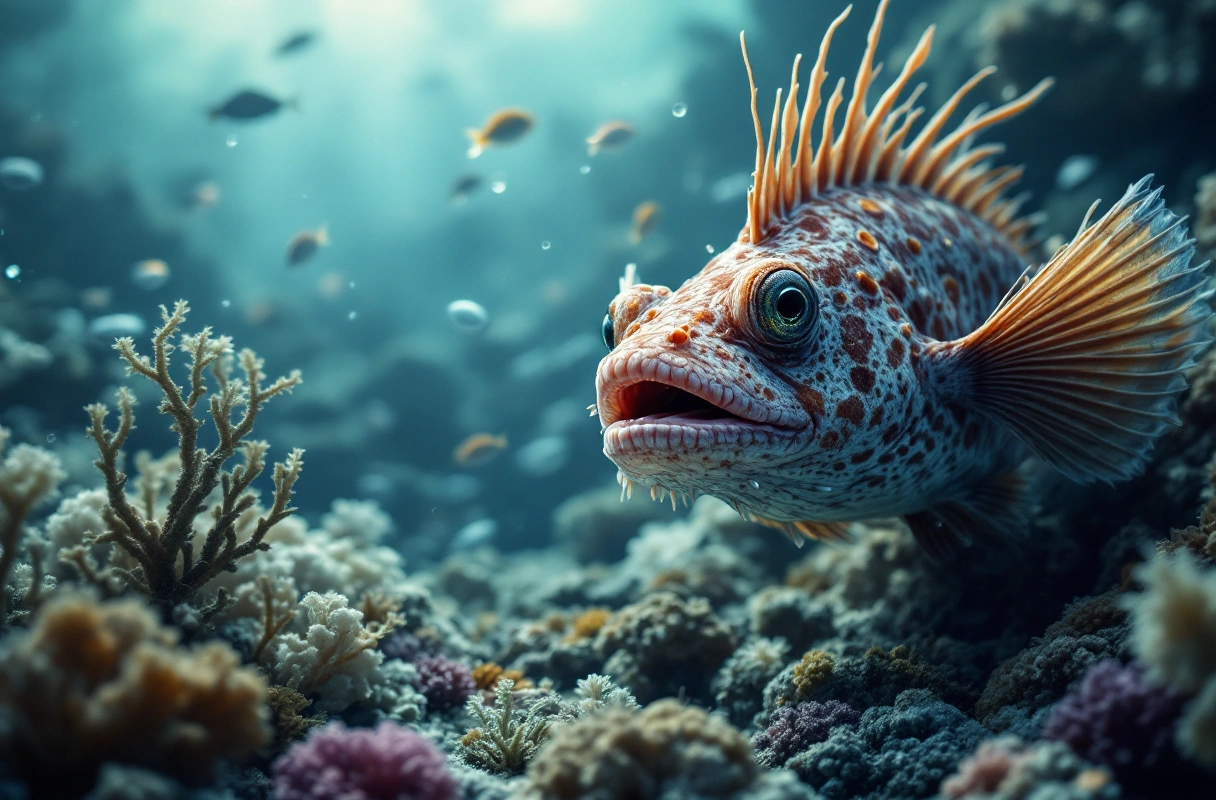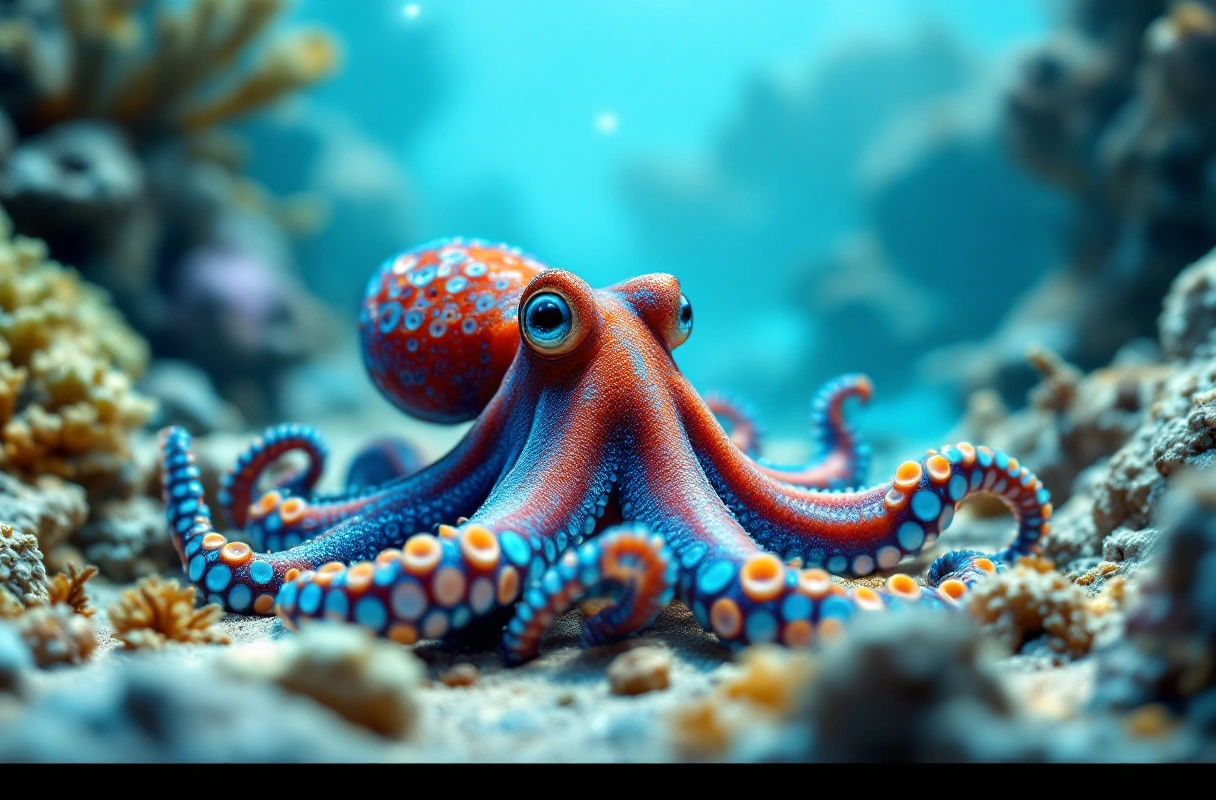
The ocean is a vast and mysterious realm, home to an array of fascinating and often dangerous sea creatures. Understanding these creatures and their behavior not only enhances our knowledge of marine biology but also equips us with the necessary tools to navigate safely in their environment. From venomous jellyfish to ferocious sharks, each of these seven creatures poses unique risks to humans. This article explores these dangerous sea creatures and provides essential safety tips to ensure you can enjoy the ocean while minimizing risks.

The box jellyfish, scientifically known as Chironex fleckeri, is one of the most venomous creatures in the world. Found primarily in the waters of the Indo-Pacific region, particularly around northern Australia, its tentacles can deliver a sting that is not only excruciatingly painful but can also be fatal. The jellyfish's venom contains toxins that attack the heart, nervous system, and skin cells, making it a formidable adversary.
To stay safe from box jellyfish, it is crucial to be aware of their seasonal presence in waters. When swimming in areas known for box jellyfish, consider wearing protective clothing such as stinger suits, which can help reduce the risk of stings. Additionally, avoid swimming during jellyfish season, which typically peaks in warmer months. If stung, seek immediate medical attention, as prompt treatment can be lifesaving.

The stonefish is often regarded as the most venomous fish in the world. Found primarily in the coastal regions of the Indo-Pacific, this camouflaged predator can blend seamlessly into rocky or sandy ocean floors. Its dorsal spines are capable of injecting venom that can cause intense pain, paralysis, and in some cases, death. The venom affects the nervous system and can lead to severe complications if not treated promptly.
To avoid encounters with stonefish, always wear protective footwear when walking in shallow waters or rocky areas. Being vigilant about where you step can help prevent accidental stings. If you are stung, immediate first aid is essential; immerse the affected area in hot water to alleviate pain and seek medical help immediately. Awareness and caution are key to enjoying your time in these beautiful yet dangerous waters.

The blue-ringed octopus, small but deadly, is found in tide pools and coral reefs throughout the Pacific and Indian Oceans. This creature is known for its striking blue rings, which appear when it feels threatened. Despite its small size, the blue-ringed octopus carries enough venom to kill multiple adult humans within minutes. Its venom contains tetrodotoxin, which can lead to paralysis and respiratory failure.
Safety around blue-ringed octopuses involves education and respect for their habitat. Avoid handling or provoking these creatures, as they are generally not aggressive unless threatened. If you encounter one, observe from a distance and do not attempt to touch it. In the event of a bite, seek emergency medical assistance immediately, as antivenom is available but must be administered quickly.
The great white shark is perhaps the most infamous sea creature, often associated with attacks on humans. Found in coastal waters worldwide, these powerful predators are responsible for the majority of unprovoked shark attacks. While the risk of an encounter is relatively low, understanding their behavior can help reduce the chances of an incident.
To stay safe while swimming in areas known for great white sharks, adhere to local advisories and avoid swimming during dawn or dusk when these sharks are most active. Additionally, swimming in groups can reduce the likelihood of an attack, as sharks are more likely to target solitary individuals. If you see a shark, remain calm, and slowly back away toward shore without splashing or panicking.
Pufferfish, or fugu, is known for its ability to inflate and its unique appearance, but it is also one of the most poisonous fish in the ocean. Found in tropical and subtropical waters, pufferfish contain tetrodotoxin, a substance that can cause paralysis and even death. Although they are not aggressive, their venom poses a significant risk if consumed improperly.
To safely enjoy pufferfish, it is essential to avoid consuming them unless prepared by a licensed and trained chef. In many countries, fugu is a delicacy, but the preparation requires skill to remove the toxic parts. For those who encounter pufferfish in the wild, appreciate their beauty from a distance and avoid touching them to prevent any accidental poisoning.
The cone snail is a beautiful yet deadly marine creature found in tropical and subtropical waters. Its venomous harpoon-like tooth can deliver a potent toxin that can result in paralysis, respiratory failure, and even death. There are several species of cone snails, each with varying degrees of toxicity, making it essential to exercise caution around them.
To avoid cone snail stings, refrain from collecting shells in areas where these creatures are known to inhabit. If you do encounter a cone snail, observe its striking patterns and colors from a safe distance. In the event of a sting, seek immediate medical attention, as there is no known antivenom, and treatment focuses on managing symptoms.
Lionfish are visually stunning with their vibrant colors and long, venomous spines. Native to the Indo-Pacific region, these fish have become an invasive species in the Caribbean and Atlantic waters. Their venom can cause extreme pain and discomfort, although fatalities are rare. Lionfish pose a dual threat: they are dangerous to humans and detrimental to local ecosystems, preying on native fish.
To stay safe from lionfish, avoid handling them and educate yourself about their appearance. If you are a diver, be cautious when exploring reefs and avoid touching or provoking any unfamiliar fish. As an added benefit, some regions encourage lionfish hunting to control their population, providing a sustainable seafood option while reducing their impact on local marine life.
Adaptation is a fundamental concept in marine biology, highlighting how sea creatures evolve to survive in their specific environments. Each of the dangerous sea creatures discussed above has developed unique adaptations that enable them to thrive in the ocean's diverse habitats.
Many dangerous sea creatures utilize camouflage to avoid detection by predators and prey. For instance, the stonefish's ability to blend in with its surroundings allows it to ambush unsuspecting fish. Similarly, the blue-ringed octopus displays bright colors only when threatened, signaling danger to potential aggressors.
Venom is a critical adaptation for many of these creatures, providing a means to incapacitate prey or deter predators. The cone snail's harpoon-like tooth and the box jellyfish's tentacles are prime examples of how toxicity plays a vital role in their survival strategies. These adaptations not only assist in hunting but also ensure their continued existence in competitive marine ecosystems.
Behavioral adaptations also play a significant role in the survival of dangerous sea creatures. For example, great white sharks exhibit migratory patterns that align with the movements of their prey. Understanding these behaviors allows for better safety measures when engaging in ocean activities.
As we explore the fascinating world of sea creatures, we uncover not only their dangers but also the incredible adaptations that allow them to thrive in their environments. The Banana Slug Club is dedicated to educating nature enthusiasts, students, and young explorers about the wonders of the natural world, including the diverse marine life that inhabits our oceans.
Whether you are a budding marine biologist or simply curious about the creatures of the sea, the Banana Slug Club offers resources and activities that can enhance your understanding of marine ecosystems. We encourage you to visit our website for more information on how you can learn more about the ocean, its inhabitants, and the importance of respecting their habitats.
Engaging with the world around us, especially the mysterious realm of sea creatures, is a journey filled with discovery. Join us in exploring the depths of marine biology and fostering a respect for the creatures that share our planet. Together, we can learn to appreciate and protect the incredible diversity of life in our oceans.
Get free resources, early access to new features and updates.
No spam. Just fun educational emails!